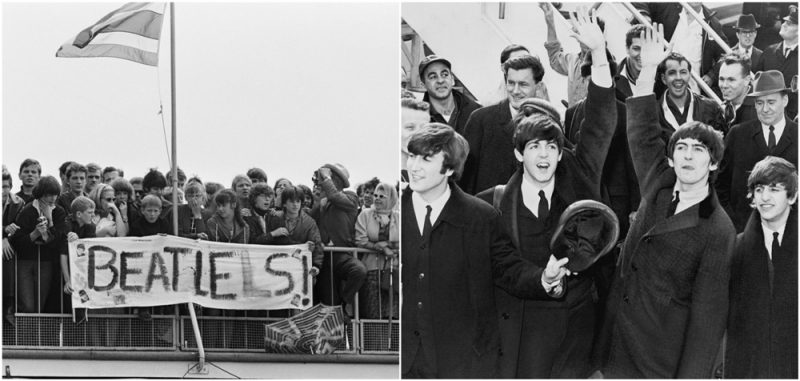Girls were screaming hysterically at concerts and planning their weddings with their favorite Beatle. Men were jealous, but still singing their songs out loud. This was the nature of Beatlemania during the 1960s.
The so-called “Beatlemania,” or fanaticism towards the Beatles, began in 1963 and continued over the years. The word mania had been used to describe fandom well before the Beatles, though, describing an obsession bordering on mental illness.
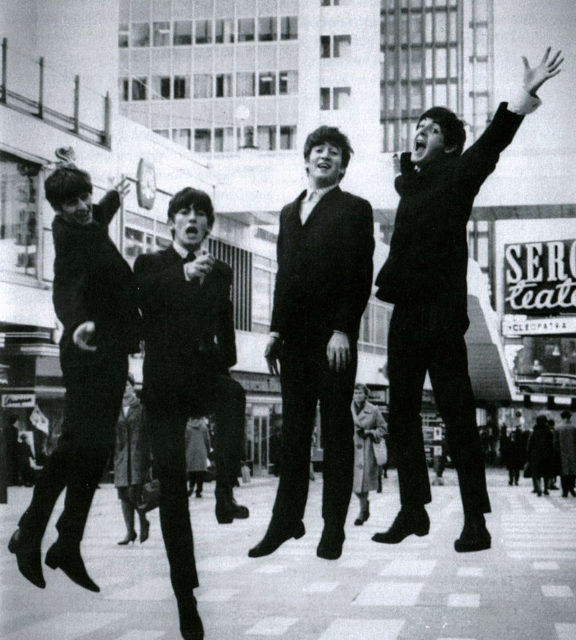
A similar fanaticism that’s often compared with Beatlemania was called “Lisztomania.” In 1841, fans of Hungarian pianist and composer Franz Liszt were acting very similarly to later Beatles fans.
Beatlemania was first noticed when the band arrived at John F. Kennedy International Airport in New York on Feb. 7, 1964. Their arrival was considered to be a boost to morale for citizens after President Kennedy’s assassination a year earlier.
A news story headlined “BEATLEMANIA!’ It’s happening everywhere…” appeared in the Daily Mirror. The fever was confirmed to have spread across the United States after hundreds of fans showed up at the airport to welcome the Beatles.
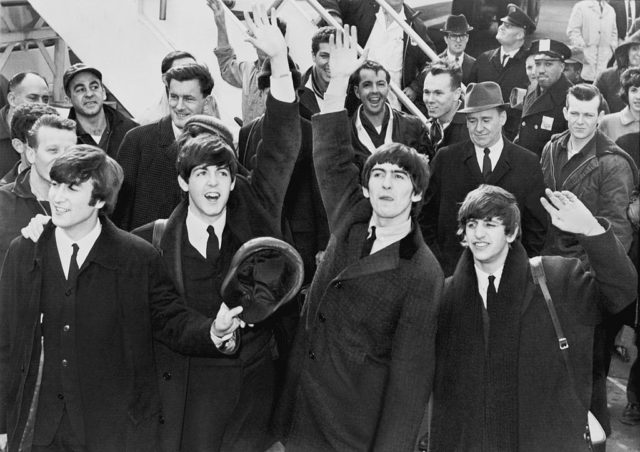
The fanaticism really took off in the United States after the Beatles performed on The Ed Sullivan Show. Over 73 million people watched their appearance on Feb. 9.
The U.S. tour was an intense experience for both the fans and the band members because of the many females screaming hysterically at their concerts. Apparently, the band prompted people to cry out in joy and satisfaction while their idols sang.
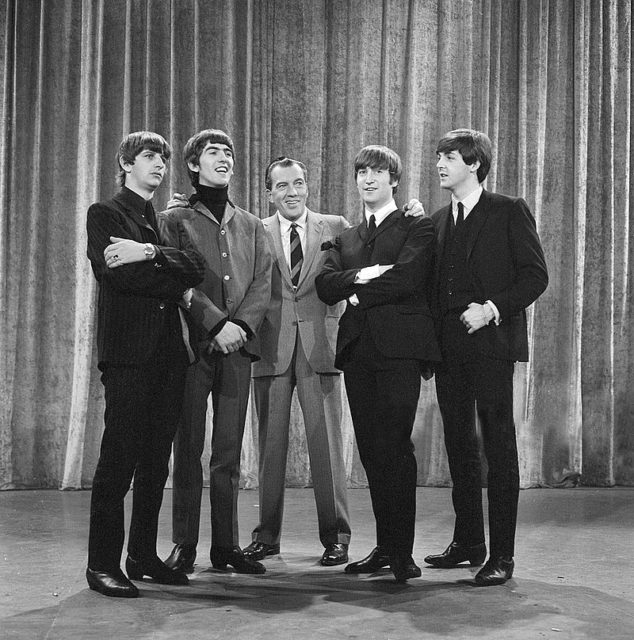
As the band’s career took an incredible swing, their albums sales increased enormously. They had a top-selling album every three weeks and a chart-topping song every six weeks.
However, all success comes with a cost, and the more successful they were, the more fans were screaming. Eventually, the band could barely be heard at concerts. At the time, John Lennon made a famous statement, saying, “the Beatles are more popular than Jesus.” This made the band an even bigger target of public outcry.
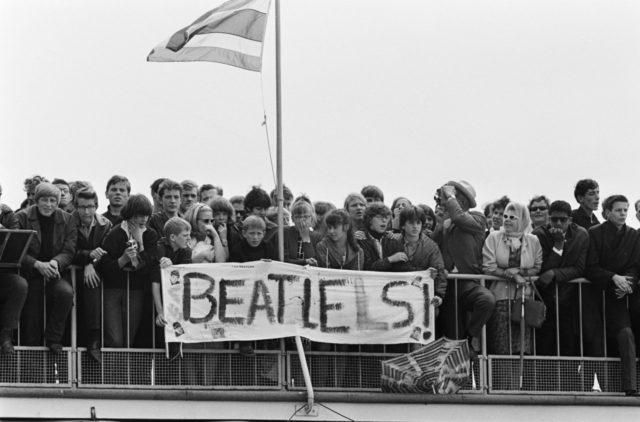
That statement is also believed to be the reason for John Lennon’s assassination. Mark David Chapman, a Beatles fan who idolized Lennon, shot him in 1980 because he found his statement about Jesus offensive. Chapman fired at him five times and remained at the crime scene until the police came. He pleaded guilty, claiming it was God’s will.
Chapman was diagnosed with paranoid schizophrenia and sentenced 20-years-to-life in prison. Three Beatles fans committed suicide after John Lennon’s assassination.
Beatlemania came to an end on Aug. 29, 1966, when the Beatles performed in front of 25,000 fans at San Francisco’s Candlestick Park. That was their last big concert, after which they retired from touring as a band. They released five more albums after their last U.S. tour but didn’t perform them live; touring was too exhausting, and their concerts were always overwhelmed with screaming.
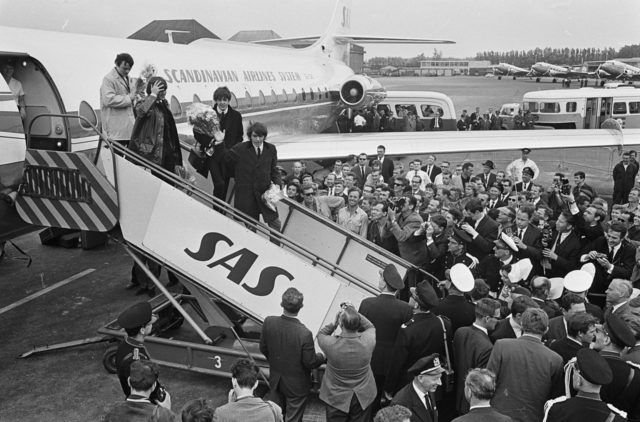
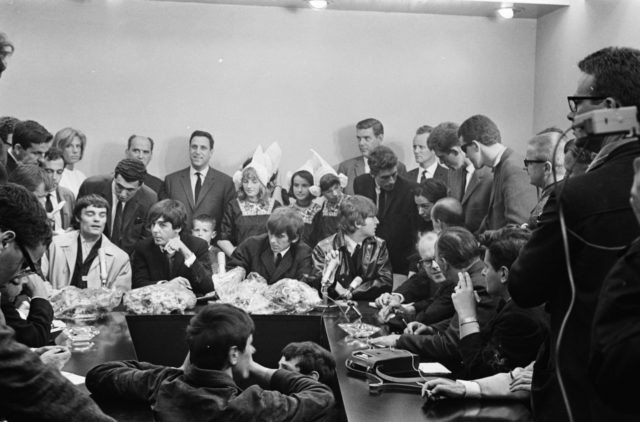
Beatlemania wasn’t only an American thing. It spread across the United Kingdom, the birthplace of the Beatles, during the 1960s. The single “I Want to Hold Your Hand” sold 1.5 million copies in less than a week and the interest the Beatles gained in the UK marked the start of a musical phenomenon known as the “British Invasion.”
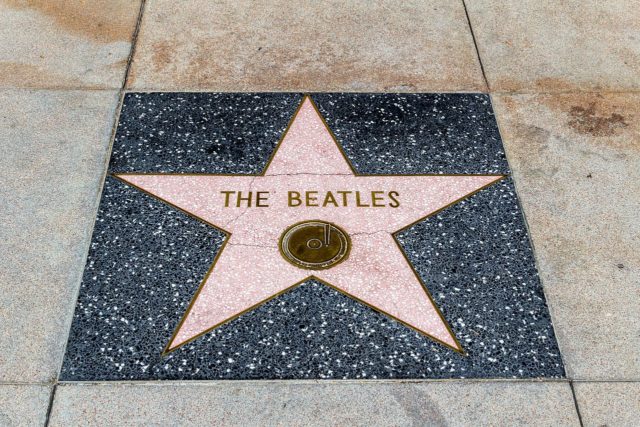
When the fanaticism became international, as Lennon said, the Beatles really became more popular than Jesus. Many psychologists have speculated about why Beatlemania became so intense.
Read another story from us: A century before Beatlemania, there was Lisztomania
One study from the British Journal of Clinical Psychology explains the phenomenon as “the passing reaction of predominantly young adolescent females to group pressures of such a kind that meet their particular emotional needs.” After the Beatles, the term mania became an international word for describing the popularity of other public figures and trends outside the music industry.
